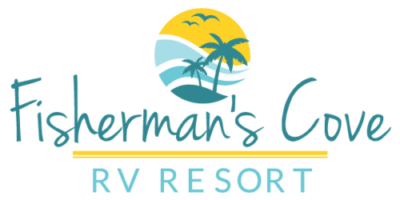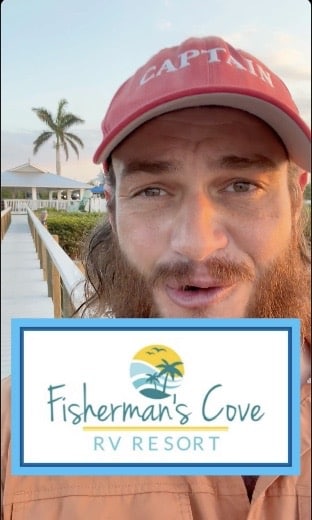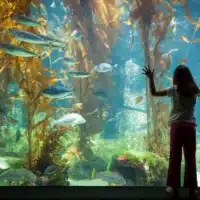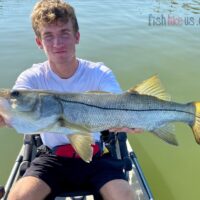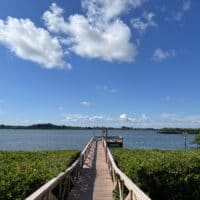It’s the weekly fishing report brought to you by Fishermans Cove RV Resort over here in Terra Ceia Bay. It’s snook season, and the snook bite has been on fire here at the dock. We had three snook caught this week. There are no slot sizes caught at this dock yet, but we had a close one at twenty-six inches. Whoo! It just missed its mark. We’ve got pre-frontal south winds pushing all weekend starting Friday afternoon, Saturday afternoon, continuing into Sunday, and the first of next week, we’re starting to cool off. It will cool those waters down, and with any luck, it will take care of some of the red tide events we’re starting to have out in the Gulf.
K. Brevis, also known as Karenia Brevis, is an algal bloom in Florida’s Gulf Coast. It is responsible for causing a phenomenon known as red tide, which can significantly impact marine life and human health.
Red tide occurs when K. Brevis blooms and releases toxins into the surrounding water. This toxin, known as brevetoxin, can cause respiratory irritation to some of those who come into contact with it. It can also cause mass mortality for fish, dolphins, and other marine life.
The bloom typically starts in the late summer or early fall and lasts several weeks to months. The water can turn reddish-brown during this time, hence the name “red tide.” The bloom’s severity can vary yearly, with some years seeing only mild blooms and others experiencing more significant circumstances, such as the 2018 red tide event.
While K. Brevis occurs naturally in the Gulf of Mexico, human activity can exacerbate the conditions that lead to red tide. For example, nutrient pollution from agricultural and urban runoff can increase the amount of nitrogen and phosphorus in the water, which can fuel algae growth. Additionally, warmer water temperatures and altered flow of our waterways for industrial operations can have a significant effect.
So what can be done to mitigate the impacts of red tide? One approach is to reduce nutrient pollution by implementing better agricultural practices and reducing urban runoff. Another strategy is to develop technologies that can remove the toxin from the affected water. However, more research is needed to develop and test these technologies. Lastly, we can all make an effort to do what we can to help protect and prevent such catastrophic occurrences from happening in the first place. Natural lawn care, support of actions being taken to reverse the damage, and protecting our waters, to name a few.
Here at Fisherman’s Cove RV Resort, we are doing all three. We allow our lawn to grow naturally and support some of the most significant local clean-up options. We recently purchased 25 artificial reefs for our new fishing pier and installed what’s currently known as the biggest reef installation project in Manatee County. Not only are our reefs cycling and cleaning upwards of 30,000 gallons of water daily, but they provide a home to the numerous species we pray to see for decades to come here in Terra Ceia Bay.
Whatever your reason, we hope you’ll support the health of our water and future generations by joining us and our efforts to love our water right here. This is your weekly fishing report and we’ll look forward to seeing you next week!
